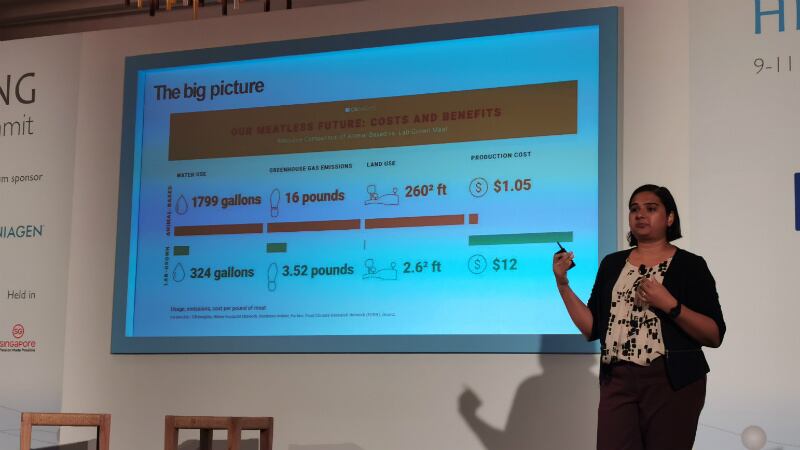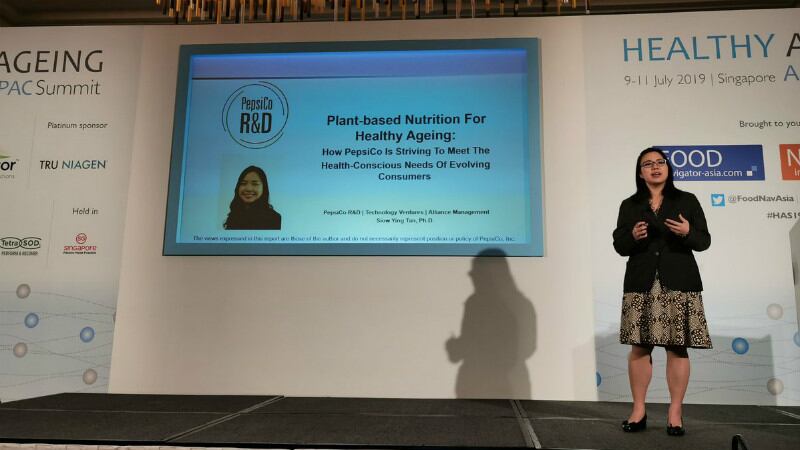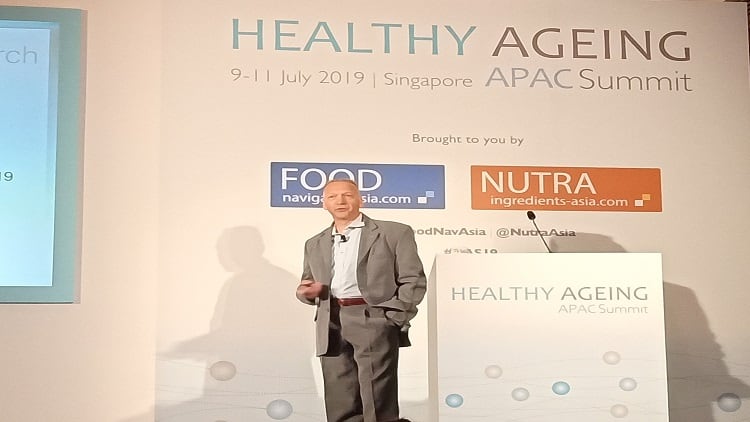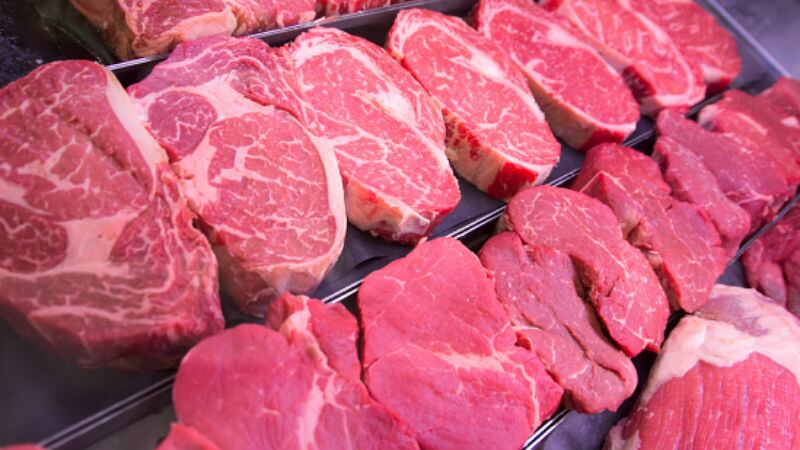“There are only so many shrimps available, a very limited supply – we are catching these at a very fast rate, and the shrimp can’t reproduce fast enough to keep up with demand,” said Shiok Meats CEO and co-founder Sandhya Sriram at our second Healthy Ageing APAC Summit in Singapore.
“A lot of shrimp consumed today is also grown or bred in [very unhygienic conditions] like in sewage water – this is because shrimp are bottom-feeders, and will feed on the the waste in this waste water.”
“It is also very common to find shrimp breeding grounds near slaughter farms, for example, where the shrimps are bred in the run-off from these farms, cleaned with antibiotics, and processed with hormones to make them look bigger.”
In addition, high occurrences of shrimp fraud, and sustainable reasons such as 20 kilogrammes of bycatch being caught and discarded for every kilogramme of shrimp caught, overfishing and a high rate of slave labour being used for shrimp peeling were also cited as reasons cell-cultivated shrimp development needs to be hastened.
Major shrimp producing-countries in the region include Indonesia, India and Thailand which rose up the ranks after shrimp from former main-supplier China was found to be tainted by antibiotics and other chemicals back in 2016.
These three countries rose to prominence when they declared their shrimp to not go use these, but according to Sriram, the situation there ‘is the same’.
“Simply put, [current shrimp supply] is unsustainable, especially here in Asia,” she said.
“Although poultry and pork consumption has traditionally been high here, we have seen that preferences are changing, and demand for pork and poultry is decreasing due to disease fears (swine flu, bird flu), whereas demand for beef and seafood is on the rise.”
Why choose cell-based?
Sriram acknowledged the rapid rise in plant-based meats in recent years, but said that at the end of the day, ‘meat eaters still want meat’.
“The draw of cell-based meat is that it is still meat – it still has the same taste and texture without the cruelty or the sustainability issues.”
“We just take the stem cells with high regenerative capacity from the shrimp and brew them in [a specific medium] so they grow into the meat – a few shrimp will need to sacrificed for this, but that is nothing compared to the large amounts right now.”
“This also reduces wastage – we just grow the meat which people want to eat and not the heads or tails [which are commonly thrown away], which also allows for us to grow it 6x faster.”
“It’s not mimicking meat like plant-based meats are – [it’s actually meat], just grown outside of the animal, like an IVF baby of sorts.”
The Singapore firm’s patent-pending technology uses no antibiotics or hormones, and expects to move into mid-scale production (some 300kg per month) by March 2020, and to be in premium restaurants in Singapore and Hong Kong by December 2020.
“We are still a few years away from [full-scale production], but expect to see cell-based clean meat on store shelves by 2021,” she added.
Regulatory approval is expected by July 2020, and their cell-based shrimp meat will first be registered as a novel ingredient, though it would ‘eventually’ move into the novel food category.





